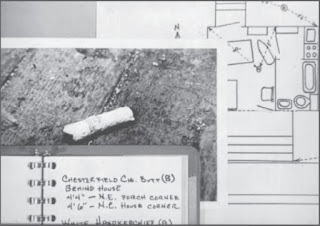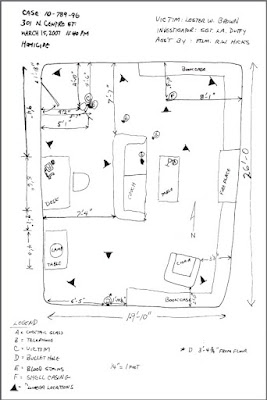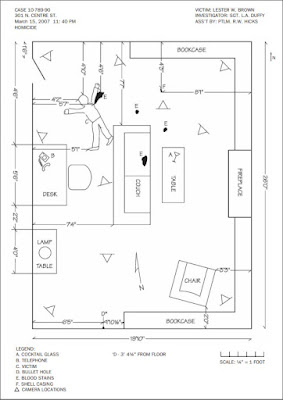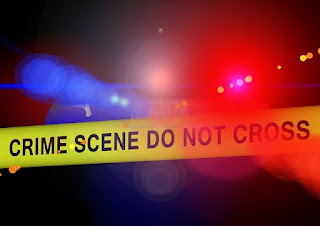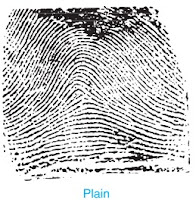Documentation of the Crime Scene: Step by Step
What is documentation of the crime scene and Why it is done?
After securing the crime scene, the next most important step is documentation of the crime scene because documentation permanently records the crime scene and its physical evidence. Documentation should be done without any wastage of time as the scene and its evidence may get altered over time.
The documentation should be done innovatively and the originality of the crime scene should be maintained and documentation should not have pauses or breaks, it should remain constant till the whole crime scene is documented.
There are four main tasks of documentation that is note-making, photography, videography, and sketching. It should be noted that all four tasks are necessary and none is a substitute for another. For example, notes are not substitutes for photography, video is not a substitute for sketching, etc.
Following are the sequence for crime scene documentation:
1. Note making
Documentation of crime scene in the form of short and crisp notes that provides information about arrival, crime scene, date and time, victim, etc is known as note-making. Notes provide a written record of the crime scene which is not subjected to memory loss with time. A forensic expert should consider "W's" while making the notes that is who, what, when, why, and How.
Information that is recorded in Notes
- Notification Information: It includes the date, time method of notification, and information received.
- Arrival Information: It includes means of transportation, number of personnel present at the scene, etc.
- Scene description: It includes whether, location type and condition, major structures, clothing, furniture, and any weapons present.
- Victim description: It includes the position of the body, wounds, clothing, jewelry, or identification.
2. Photography
Documentation of the crime scene in the form of clear photographs that provides detailed information about the evidence and victim body is known as crime scene photography.
Crime scene photography is important because it provides a true and pictorial record of the crime scene and the physical evidence present. It also provides a permanent record of the crime scene which can be used as proof in the court.
Crime scene photography requires some basic equipment like a camera (SLR 35mm is most common), Normal lens (50-60 mm), Tripod, Flashlight, Photolog sheets, etc.
It should be noted that every photograph that is being taken must be recorded in a photo log which includes details like time taken, roll no., exposure no., camera setting used, type of photo taken, and a brief description of the photograph.
3. Videography
Documentation of the crime scene in the form of clear and high-quality video that provides detailed information about the crime scene, evidence, and victim body is known as crime scene videography.
Crime scene videography is important because it provides a true and live video record of the crime scene and physical evidence present there. It also provides a permanent record of the crime scene which can be used as proof in the court.
Crime scene videography should be done very cautiously and it should not contain video of fellow IOs, forensic experts, etc and also it should not be narrated and should be stable and the lens of the camera should be adjusted as per the area of capturing.
Characteristics of an effective crime scene videography
- Documentation of the recording using a placard: Video should be documented in a placard which includes details like a case number, date, time, location, and videographers name.
- It should begin with the scenic surroundings that are before recording the general view of the crime scene, roads, and other surrounding areas should be recorded.
- General orientation of the scene: The video should be recorded as a smooth transition that is videographer should not jump from one place to another suddenly.
- Victim Viewpoint: The videographer should move to a safe location near the victim and record the four compass points viewed away from the victim.
- Camera techniques: Different camera techniques like usage of tripod, monopod, using additional lightning, different lenses, operative correction, etc should be used to capture the detailed and effective video.
- Original Video: Last but not least, the video should not be edited or changed in any case. We can make copies of it when needed.
4. Sketching
Documentation of the crime scene in the form of a sketch with measurements like length between body and wall, size of evidence, dimensions of the room, etc is known as crime scene sketching.
Crime scene sketching is important because it shows possible points of entry and exit, evidence locations, and the general layout of the crime scene. It also refreshes the forensic expert's memories about the case after time has passed.
Characteristics of an effective sketch
- A sketch should have a title block that contains details like a case number, agency number, name and title of the artist, location of the scene, date and time, victim's name, etc. Ideally, the title block should appear in the lower right corner of the sketch paper.
- A sketch should have a legend that contains symbols, letters, or numbers through which dimensions of the objects or evidence are denoted.
- A sketch should have a compass arrow that shows the north direction related to the crime scene.
- The body of the sketch should contain the drawing itself, all dimensions, and objects located within it.
Types of sketches
Based on appearance, sketches are of two types:
1. Rough Sketch
The preliminary sketch at the crime scene with the care of accuracy showing dimensions and locations but less or no concern of beauty/neat appearance of the sketch is known as a rough sketch. This sketch is drawn when the expert doesn't have enough time to make a polished sketch at the crime scene.
The advantage of making a crime scene is that it requires less drawing material and through this, a finished sketch can be made later in the lab.
It should be noted that in a rough sketch, the dimensions and location of the evidence should be accurate. Only then the finished sketch will is to be made later will have accurate dimensions.
2. Finished Sketch
The final sketch drawn at the crime scene or in the lab with the care of dimensions and locations as well as the aesthetic appearance of the sketch is known as the final sketch.
A finished sketch contains a scale like 1 cm on the sketch equivalent to 1 feet room length. It also contains all other details like floor, room, windows, objects, or any other pieces of evidence.
It should be noted that the dimensions, location of the evidence, etc of the finished sketch should match the dimension, location of the evidence, etc of the rough sketch, only then it will be considered authentic and admissible in court.
In modern labs, the finished sketch can also be drawn with the help of computer-aided drafting (CAD) technology. In this method, the sketch is prepared in computer software instead of traditional pen and paper.
The advantages of using CAD technology are that minute evidence like blood sputter, small items can be drawn and the sketch has more accuracy and precision of dimensions as compared to normal pen-paper finished sketch.

